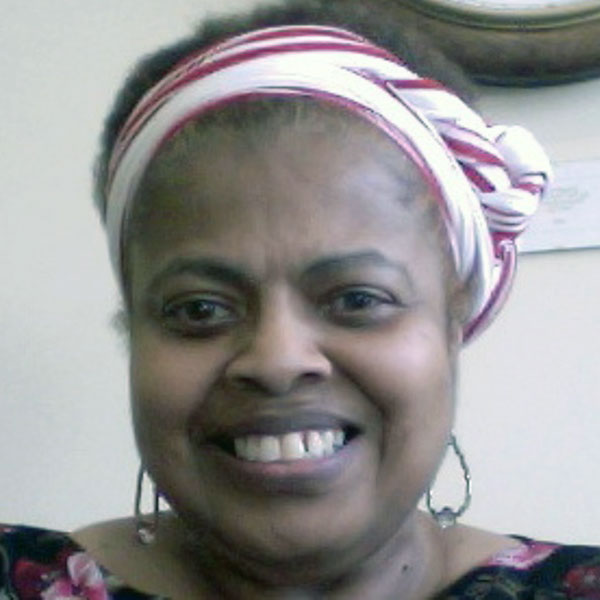Recently, I wrote for Threads about my experiences in medical settings in the post "Looking for the Borderline Patient."
In the ER… again! For weeks my chest pain kept coming on strong. Just when it appears to subside, it gets going again. Usually, after I get injections of Lasix and Lovenox, the treatment winds down with oxygen or breathing treatments that alleviate my symptoms. When I ask what is wrong with me, I usually get, “Wait, the doctor will come back to see you.” Then the next thing I know, I am discharged and told the doctor left for the day or is too busy.
In my life, the expectations of racism, stigma, and bias against overweight women are culprits that cloud my lens, filling me with a vigilant radar ready to detect their presence in every medical encounter:
I am an African American woman, consciously wearing natural hair, overweight, smart, and piles of my medical records can be pulled up by a single click on a computer. My attributes hold meanings for people and perhaps trigger negative judgments about me. The problem is that imaginations about me do not reflect my character, qualities and humanity. Instead, they turn me into a caricature of myself, making me an easy target.
However, while worrying about providers who rely on preconceived notions, I found myself doing the same.
Within medical and treatment settings, both parties bring personal baggage into a culture of institutionalized barriers. The medical culture is full of word of mouth stories and myth about the defining attributes of each party. These barriers derail effective communication and solidify fears, suspicions, and accusations.
But how can both people really know each other? In the time-constrained, chaotic, and fast paced environment of medical care, people rely on assumptions. Misunderstandings and misjudgments routinely derail even the best efforts to give and receive care and respect. Yet, both parties routinely are still holding out hope for the other to change so that all will have a better outcome.
In "Looking for the Borderline Patient," I began to awaken to the fact that I have a vested interest in and a personal responsibility to look within and question what I bring to the situation.
This time as I am waiting, I start to think of the past, and it hurts over and over again. I think about how my doctors respond; they seem to think my intentions are to overuse services and burden them.
There is a knock. A young man comes in. I wonder, is this the doctor? No such luck— he introduces himself as, “Jess, a physician assistant.” Wow! I warn myself not to jump to conclusions— maybe this will be different.
It can be very difficult to set aside one’s assumptions. Further, the impact of untreated trauma in medical and treatment settings adds a level of fragility to the possibility of care. Untreated trauma in this environment puts both parties at risk. Providers may endure vicarious or secondary trauma, and people served have often endured a traumatic event or a life of untreated trauma. How is “Care” supposed to be achieved in this setting?
Within medical settings the promise of Care for all is often unfulfilled. In these environments, hurried actions, chaos, and trauma occur frequently. Even good people can be lured into resting on their good intentions.
In these settings, time is constrained and need is high. The environment is crackling with hurried actions. However, given the advertised attributes of “Care” in medical settings— i.e., patient-centered care, trauma-informed care, and recovery-oriented care—expectations for its actualization run high. How can we meet those expectations, so that neither person leaves feeling separate, misjudged, or mistreated?
The truth is that “Care” can routinely happen in medical settings. Conscious changes in thought and action are required by both providers and the people they serve.
We must bridge the chasm between us. We must replace the “Good me” and “Bad you” with “We” and “Us.” Our sense of self-respect is dependent on how we behave. We are in the same boat, both vested in quality outcomes. The chasm between us is not one party’s responsibility or burden.
This bridging begins with having a dialogue about our shared legacy and our shared goals. In reality, our complaints are similar. We both have felt powerless to understand how we could be hurt in a setting where care is supposed to occur. We both have felt powerless.
By asking, “What do I bring to the problem?” we can begin to counteract biases and misjudgment. When each of us begins to respond with kindness instead of our trauma-induced fight or flight response, overtime, maybe our collective actions will transform "Care" into a felt experience for all.







